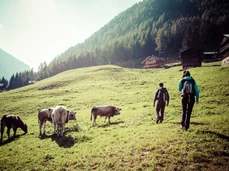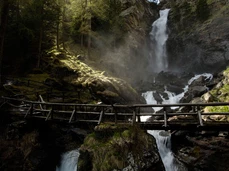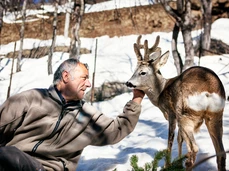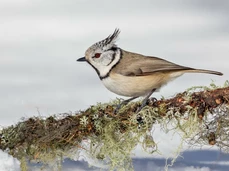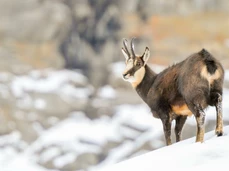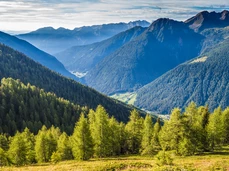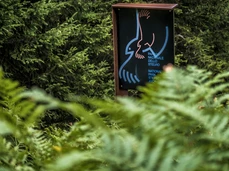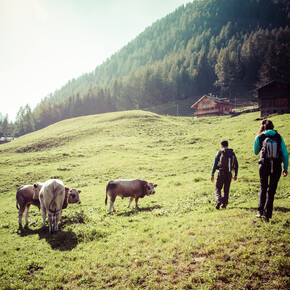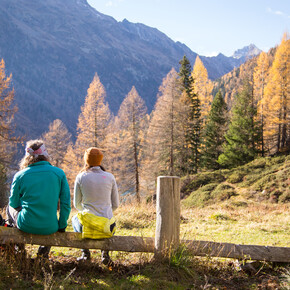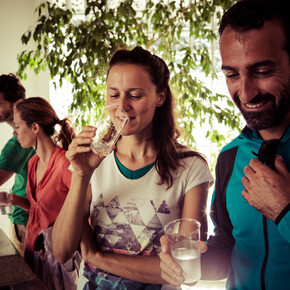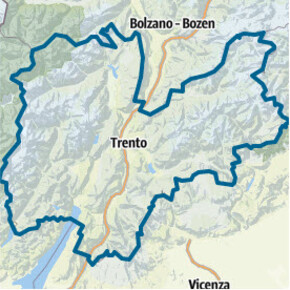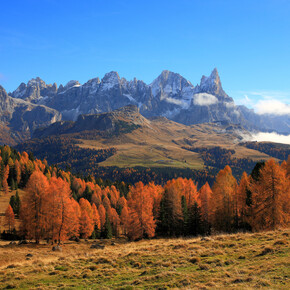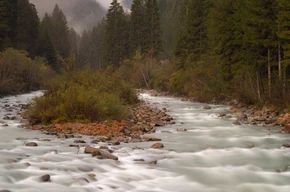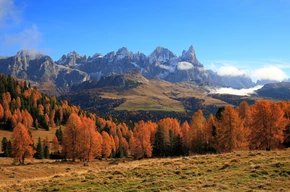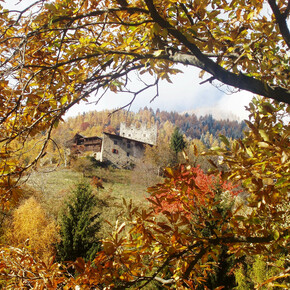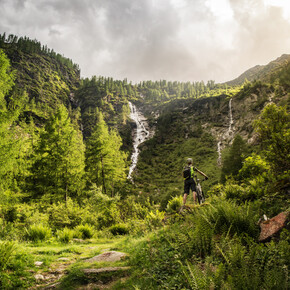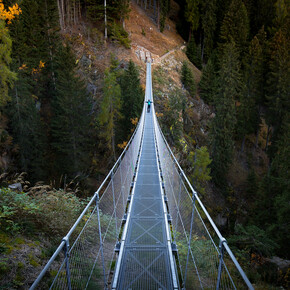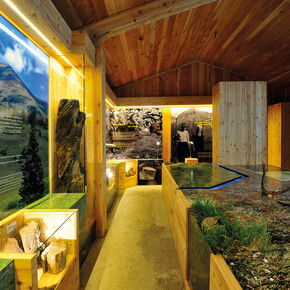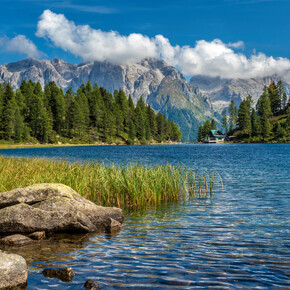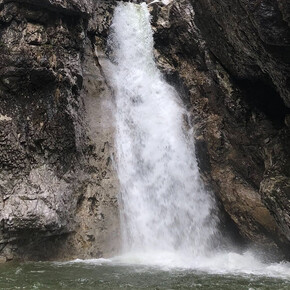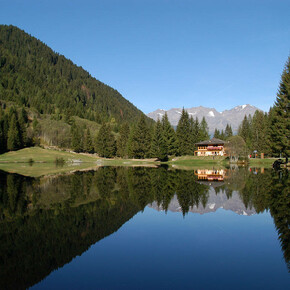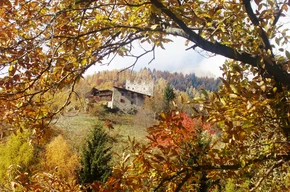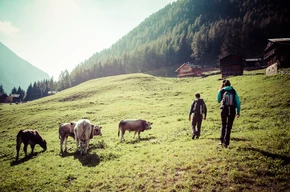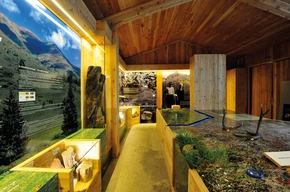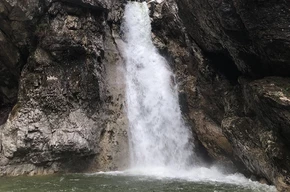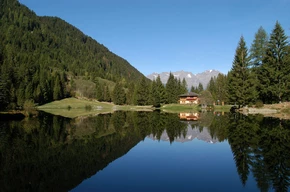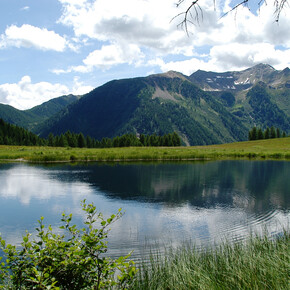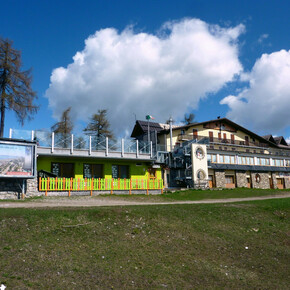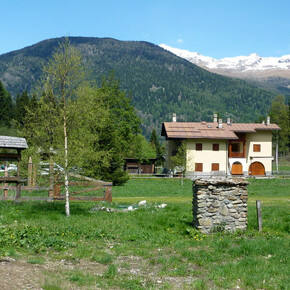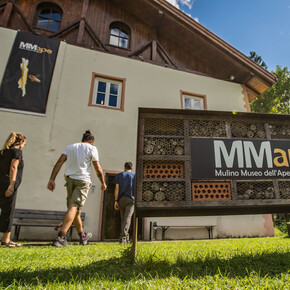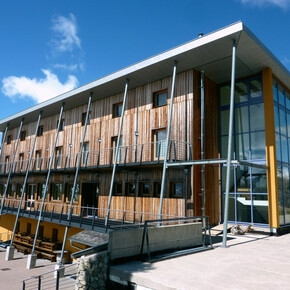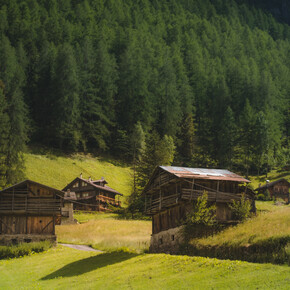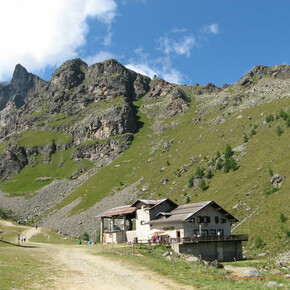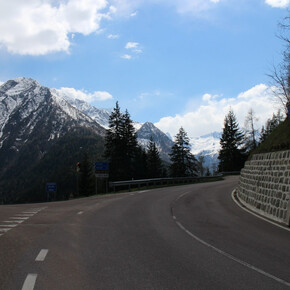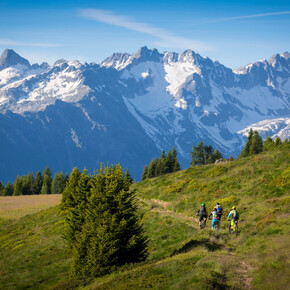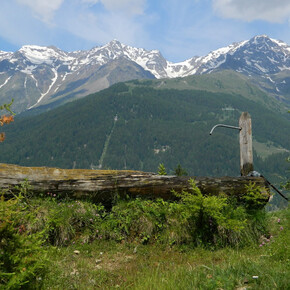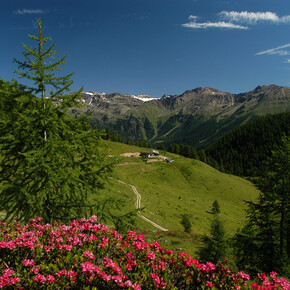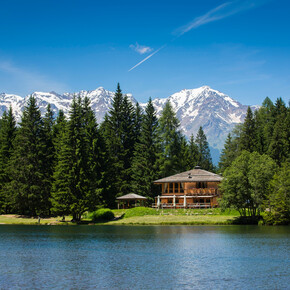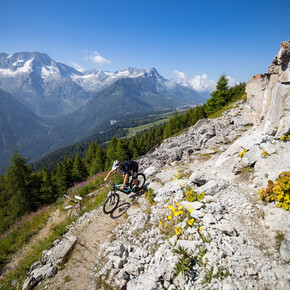Stelvio National Park
The many facets of one of Italy’s oldest protected areas
Dense coniferous forests, crystalline waters of streams and lakes, perennial white snow that paint the enchanting landscapes of the Stelvio National Park. In every season, the valleys of Rabbi and Peio, the Trentino areas of the Park, offer unforgettable colors: the silent white of winter, the bright green of spring, the turquoise of the alpine lakes in summer and the red of foliage in autumn.
Stelvio National Park is one of Italy’s vastest national parks. It was established in 1935 to protect the flora and fauna as well as the beautiful landscapes of the Ortles-Cevedale mountain group, between Lombardy, Trentino and Alto Adige. Within Trentino, the National Park includes the Peio and Rabbi valleys and ranges from an altitude of 1,000 to 3,769 metres on Monte Cevedale, the highest peak in the province.
Much of the surface area is covered by glaciers: in fact, the Park is home to the most extensive glacial area in the Central Alps. It was the glaciers themselves that formed these splendid valleys, Alpine lakes, waterfalls, cascades, and the so-called glacial relicts: unique species of flora and fauna.
The Park is famous for its abundance of wildlife: over 180 species have been counted inhabiting its woods, meadows and rocks. The enormous deer population makes this the animal which best symbolises the park; while the marmot, with its many colonies, is the most common and the easiest to spot. The marmot is also the favoured prey of the golden eagle, the majestic raptor that symbolises the Park. For some years now, the eagles have shared their territory with the bearded vulture: the enormous bird of prey which has made its return to the Alps thanks to a reintroduction project that included Stelvio National Park as one of the sites for their release.
But the Park is also a place of pasture, where you can try freshly churned butter and cheese, and a place of mineral-rich thermal waters. It is the home of Alpine lodges that offer respite when trekking, and of mills and sawmills turned by the waters of the Noce and Rabbies rivers, which you can see on your trekking expeditions.
In Rabbi, you can climb 700 steps among 23 500-year-old larch trees, or admire the waterfalls of Saènt before heading down to the Rabbi Fonti Visitor Centre. In Pejo, you ascend to 3,000 metres on Monte Vioz (including by cable car), or see the springs of the river Noce. Or why not take a trip to the Cogolo Visitor Centre, the Pejo Fonti wildlife area, or the dairy where Casolét cheese, a Slow Food speciality, is produced.



